Accessibility tech: The 3 tools I use to make work easier to manage
Managing work can be challenging, especially for individuals with cognitive difficulties, chronic illnesses, or just the stress of a busy schedule. Fortunately, accessible technology tools have simplified tasks and boosted productivity. These tools enhance work life by ensuring you stay on track during meetings with live captioning and by using AI assistants to clarify complex conversations.
Scheduling tools like Calendly offer seamless integration with multiple calendars, minimizing the risk of double-booking and missed appointments. These tools not only boost efficiency but also reduce cognitive load, allowing you to focus on what truly matters. Here are three essential accessibility tech tools that can significantly impact your workflow.

3 Essential Accessibility Tech Tools to Simplify Work Management
Discover these three essential accessibility tech tools that can greatly enhance productivity and simplify work management.
Live Captioning
While remote work offers flexibility, meetings can sometimes present challenges. Keeping up with lengthy sessions can be taxing, especially when trying to follow what’s being said without getting sidetracked by note-taking. Live captioning is an excellent solution, providing real-time text versions of spoken words during video conferences. This is particularly beneficial for those who struggle to quickly process information in meetings. Captioning helps maintain focus and capture important details. Popular video conferencing platforms like Zoom, Google Meet, Microsoft Teams, and Webex support live captions. This tool not only improves meeting accessibility but also aids in understanding presentations or YouTube videos. By offering immediate access to content without waiting for transcripts, captions greatly enhance comprehension and engagement.
AI Meeting Assistants
Meetings can be exhausting for those experiencing brain fog, fatigue, or concentration difficulties. Although live captions help, long sessions or complex dialogues can still be hard to follow. AI meeting assistants, such as Otter, address this by automatically generating transcripts and summaries, making it easier to catch up on key points. These tools also organize action items, saving participants from sifting through extensive notes.
Key Benefits of AI Meeting Assistants
- Reduced Cognitive Load: AI meeting assistants break down lengthy discussions into manageable segments, alleviating mental strain. This allows participants to better absorb crucial points without becoming overwhelmed by information.
- Enhanced Focus: AI solutions provide quick, concise summaries, helping users stay engaged without distraction. Even if participants miss parts of the conversation, summaries enable them to follow along easily.
- Time-Saving: AI assistants produce concise, actionable summaries, saving time otherwise spent reviewing hours of meeting logs. Users can quickly scan for important topics, avoiding unnecessary details.
- Organized Follow-Up: AI tools generate action items, facilitating task tracking and next-step planning. This ensures that nothing crucial is overlooked, helping users manage responsibilities without navigating complex notes.
AI aids also boost accessibility by allowing individuals with cognitive challenges to keep up. Their succinct, practical content fosters a more organized, efficient workflow, enabling people to remain effective without straining focus or energy.
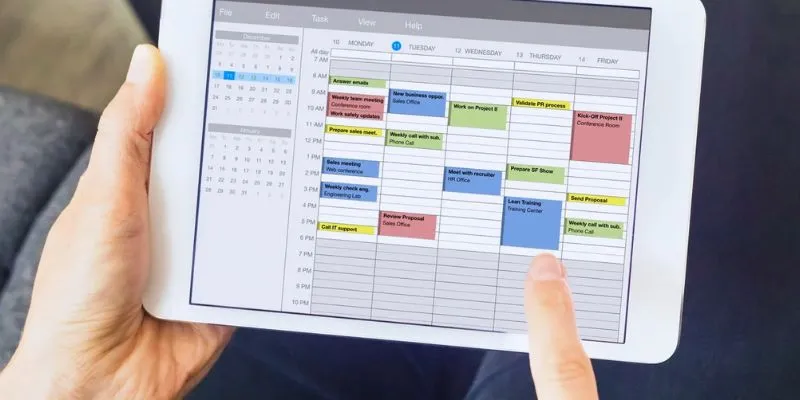
Scheduling Apps
Maintaining a busy schedule, especially when balancing work tasks, meetings, and personal commitments, can be tough. This can be particularly challenging for those with fluctuating energy levels or chronic medical conditions. Scheduling tools like Calendly make this process much easier. Calendly allows users to sync multiple calendars in one place, streamlining the management of meetings, appointments, and tasks without double-booking or losing track of important events.
Key Features of Scheduling Apps:
- Syncing Calendars: Calendly integrates with tools like Google Calendar, Outlook, and Zoom, indicating availability and helping users schedule time without confusion.
- Time Management: These apps display open slots and automatically synchronize activities across calendars, providing clarity. This reduces the stress of manually managing multiple schedules.
- Customization: Users can set specific times for rest or personal care, ensuring their work does not compromise health and well-being.
- Automation: By automating scheduling, these apps free users from the burden of manual time management, allowing them to focus on tasks instead.
For those using other calendar apps, tools like Zapier connect multiple systems, ensuring seamless synchronization. They keep schedules current and organized, enabling users to better manage their time.
Choosing the Right Accessibility Tech Tools for Your Workflow
Selecting accessibility tools for your work involves understanding your specific needs. For seamless virtual conference communication, live captioning is crucial, helping individuals easily follow along, especially in cases of distractions or hearing issues. AI meeting assistants like Otter enhance this by offering summaries, action items, and key takeaways, allowing users to focus on important matters without detailed note-taking.
Scheduling apps like Calendly help manage time effectively, organize appointments, and prevent the stress of double-booking. These technologies are especially beneficial for those with chronic medical conditions, offering a balanced work schedule without burnout. Incorporating the right tools into your process can significantly reduce cognitive strain, boost productivity, and ensure smoother daily operations. The ideal accessibility tool adapts to your work style, meeting your current needs and evolving with you.
Conclusion:
Utilizing live captioning, AI assistants, and scheduling apps among accessible tech tools can transform work management. These tools reduce cognitive strain while enhancing task organization, time management, and focus. They enable users to stay on top of meetings and appointments without feeling overwhelmed, simplifying processes. Particularly for individuals with cognitive or health challenges, these tools offer essential support to ensure work remains manageable and efficient. Implementing the right tools can help employees achieve a better work-life balance and increased productivity, leading to improved organization and reduced workplace stress.
Related Articles
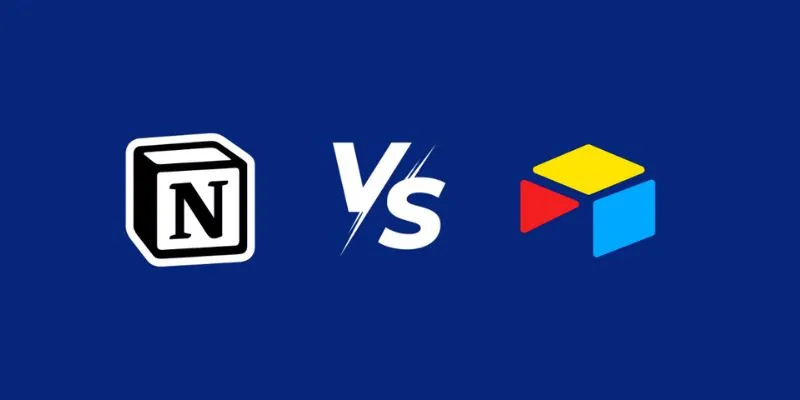
Airtable vs. Notion: Which App Should You Choose for Your Workflow
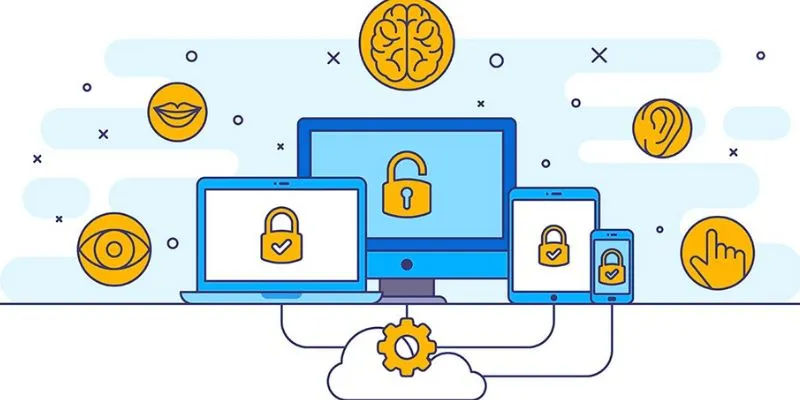
3 Essential Accessibility Tech Tools to Make Work More Manageable

Discover the Top 8 AI Meeting Assistants in 2025 to Boost Productivity and Stay Organized

The 8 Best AI Meeting Assistants in 2025 to Save Time and Stay Organized
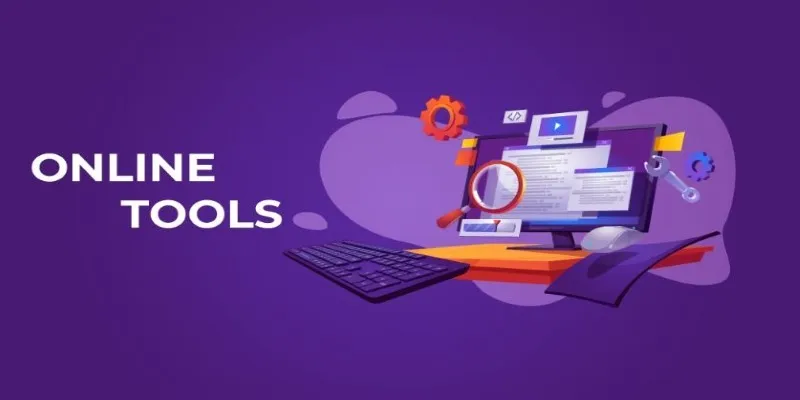
The Power of Online Tools: Definition, Purpose, and Impact
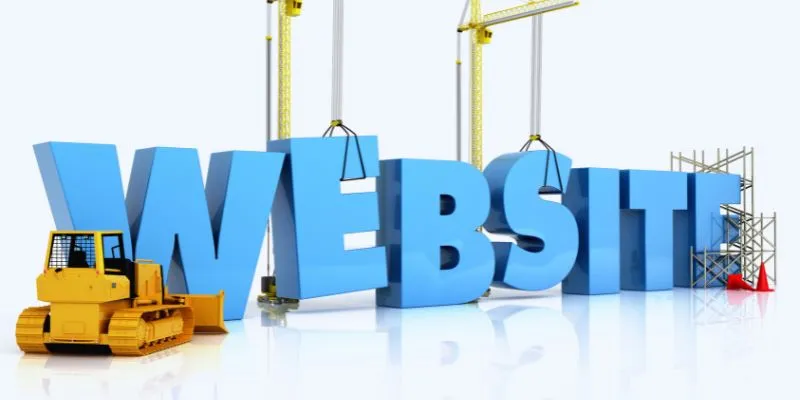
The 4 Best AI Website Builders for Effortless Website Creation
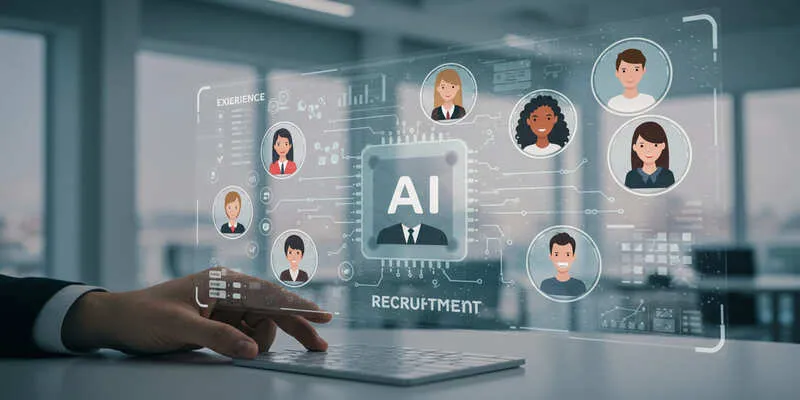
The 9 Best AI Recruiting Tools

Streamline Your Workflow with the 9 Best AI Meeting Assistants in 2025

What is Marketing Resource Management (MRM): A Comprehensive Guide
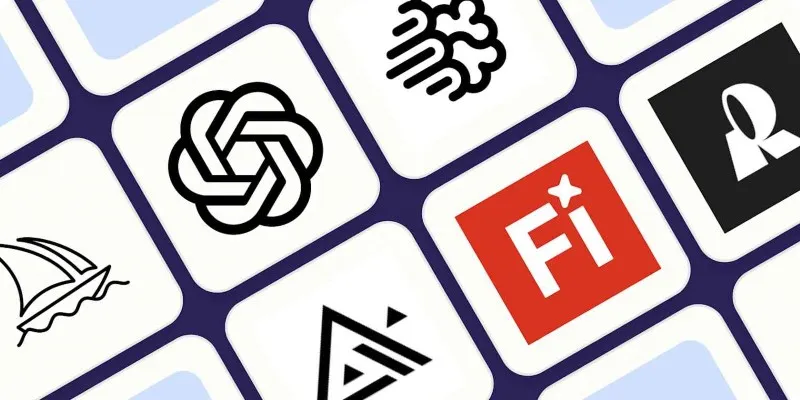
Discover the Best AI Image Generators to Bring Your Ideas to Life in 2025
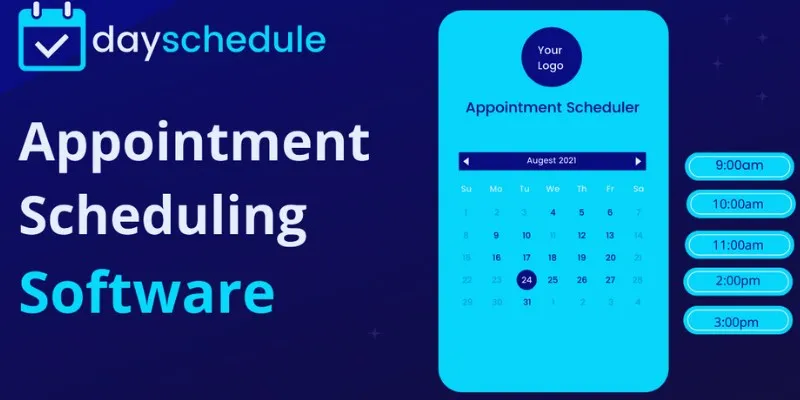
Simplify Appointment Scheduling with DaySchedule: The Ultimate Time-Saving Tool
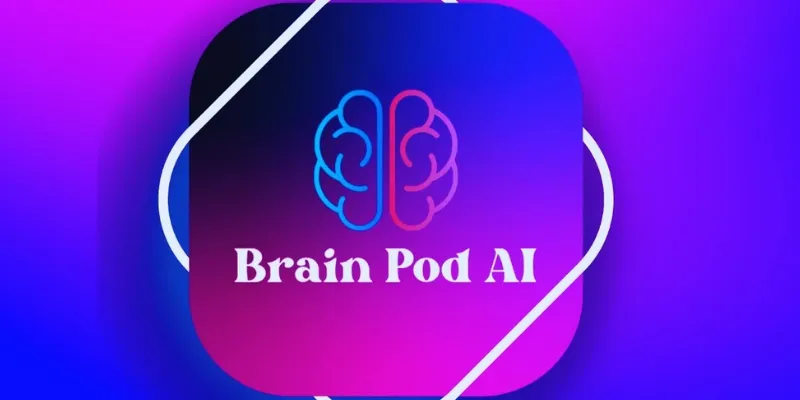
Master AI Automation: 5 Ways to Automate Brain Pod AI Effectively
Popular Articles

VS Code 1.98 Enhances Copilot and Linux UI Support

How You Can Quickly Speed Up Videos on Your iPhone

How to Easily Edit Videos for Free Using Windows Movie Maker
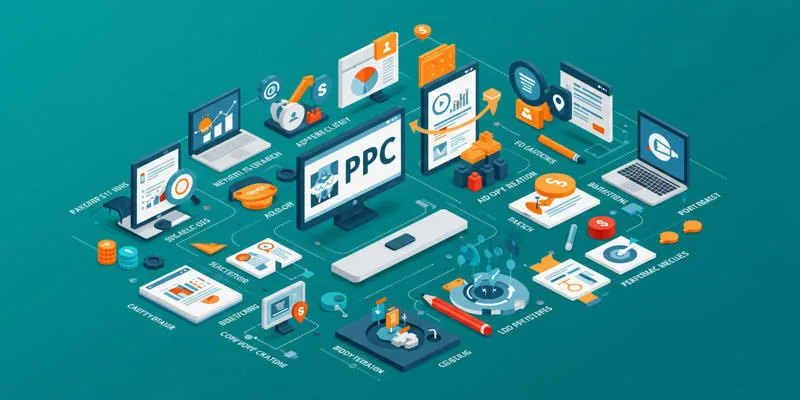
Top Pay-Per-Click (PPC) Tools to Enhance Your Ad Spend

Top 10 QuickTime Player Alternatives for Smooth Media Playback

Convert iPhone Photos to JPEG: Quick and Easy Methods

Easily Clip Videos with VLC Player – Your Step-by-Step Guide

Best Methods to Convert MKV to WAV Without Audio Quality Loss

Step-by-Step Guide to Making a Video Essay That Inspires

The Benefits of Focus Time and How to Set It Up in Google Calendar
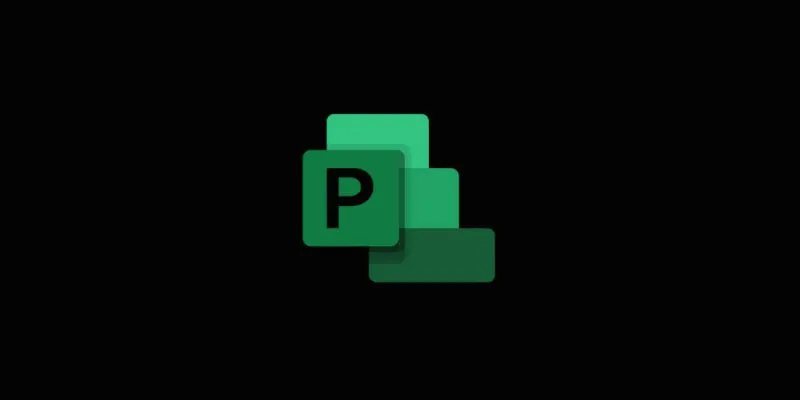
Discover the Best 7 Alternatives To Use Instead of Microsoft Project in 2025

 mww2
mww2